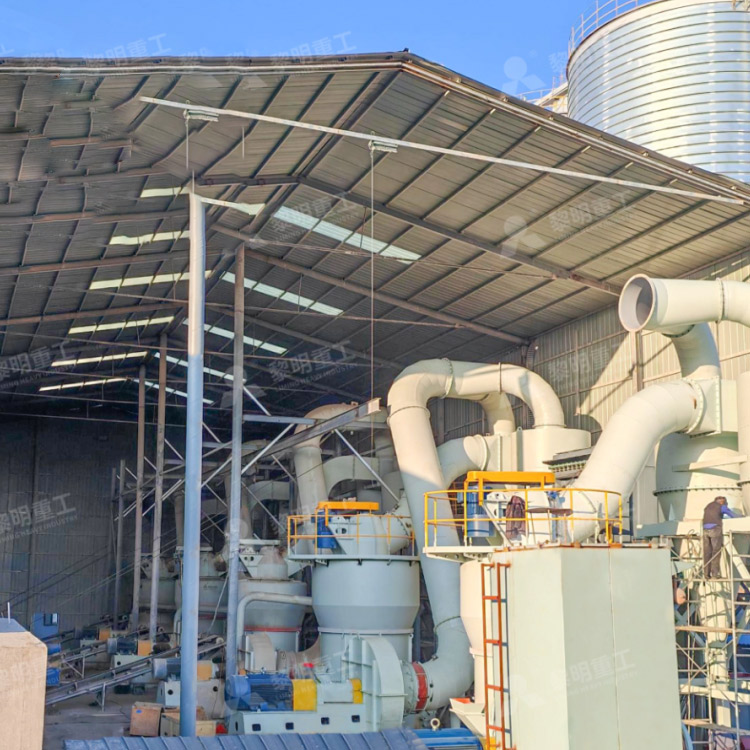Limestone Grinding Mill for Hubei Limestone Plants
Hubei Province, rich in high-quality limestone resources, is a key region for limestone processing plants supplying materials to cement, construction, and chemical industries. Selecting the right limestone grinding mill is crucial for Hubei-based plants to maximize productivity and profitability. This guide covers optimal equipment choices, process configurations, and cost-saving strategies for limestone powder production.
1. High-Performance Grinding Mills for Hubei Limestone Plants
Depending on fineness requirements (50-3000 mesh), Hubei limestone processors can choose:
Raymond Mill (80-400 mesh): Low-cost solution for construction-grade powder
Vertical Roller Mill (400-2500 mesh): 30-50% energy savings for ultra-fine applications
Ball Mill + Classifier System: Precision particle control for specialty chemicals
2. Complete Production Line Configuration
A typical Hubei limestone grinding system includes:
Two-stage crushing (jaw crusher + hammer crusher)
Closed-circuit grinding with pulse dust collection
Automated packing systems (25-50kg bags or bulk)
Tailored solutions for cement plants vs. paper filler production
3. Operational Advantages in Hubei Province
Local limestone characteristics: High CaCO₃ content (>95%) enables premium powder production
Energy efficiency: Hubei's competitive industrial electricity rates (¥0.6-0.8/kWh)
Transportation networks: Convenient access to Yangtze River shipping routes
4. Cost-Benefit Analysis
Equipment investment: $150,000-$400,000 for 5-30tph systems
Production costs: $8-12/ton including power and wear parts
Market prices: $35-120/ton depending on fineness (200 mesh vs. 1250 mesh)
5. Environmental Compliance
All grinding systems designed for:
Noise control (<75dB)
Dust emissions <20mg/m³ (meeting GB16297-1996 standards)
Zero-water-process dry milling





